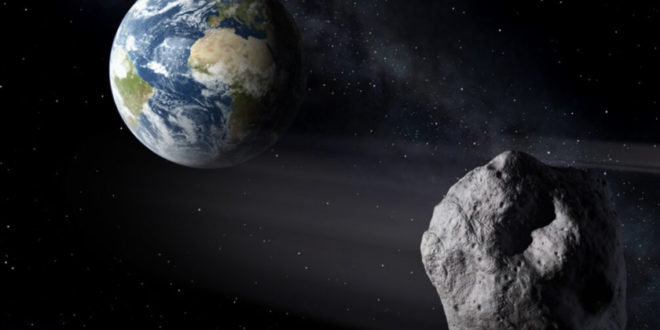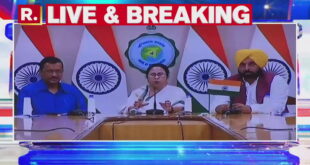Asteroids have long been a source of concern for scientists throughout the world, and now a 4,500-foot-diameter object has joined the list as it approaches Earth. As the asteroid 2016 AJ193 approaches Earth on the night of August 21, Nasa has classed it as potentially dangerous.
Astronomers will be able to observe the 1.4-kilometer-wide asteroid pass by our planet in its orbit through a telescope since it will be travelling at a huge speed of 94,208 kilometres per hour. The item, which is categorised as potentially hazardous, will approach Earth again in 2063. Nasa has anticipated the planet’s orbital path and predicts no danger this time.
It is now on course for Earth to miss by 212,971,5 miles at 3:10 pm GMT (8:40 pm IST) and has been categorised by NASA as a near earth asteroid. Sputnik reports that this flyby of 2016 AJ193 will be the closest asteroid approach to the planet Earth for at least the next 65 years.
What is an asteroid ?
Asteroids are rocky worlds that orbit around the sun but aren’t large enough to be termed planets. Planetoids or small planets are other names for them. There are millions of asteroids, with diameters ranging from hundreds of miles to a few feet. The mass of all asteroids combined is less than that of Earth’s moon. The majority of them exist in the main asteroid belt, which lies between Mars and Jupiter’s orbits. Asteroids can also be found in other regions. Some asteroids, for example, are found in planets’ orbital paths. This signifies that the asteroid and the planet both orbit the sun in the same direction. Asteroids like this can be found on Earth and a few other planets.
Where did asteroids come from?
Asteroids are remnants of our solar system’s creation, which occurred roughly 4.6 billion years ago. The creation of Jupiter prevented any planetary bodies from developing in the gap between Mars and Jupiter early on, causing the small particles that were there to smash and disintegrate into the asteroids we see today.
 India One News
India One News





